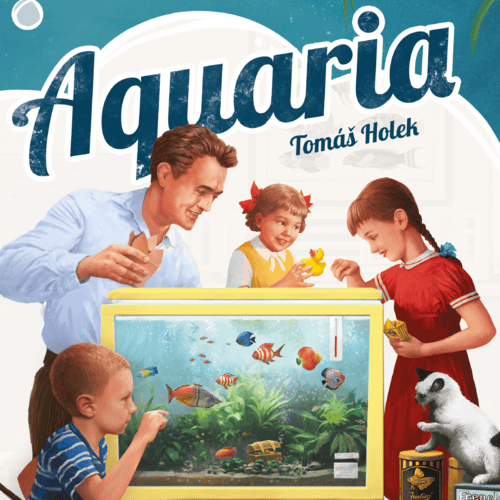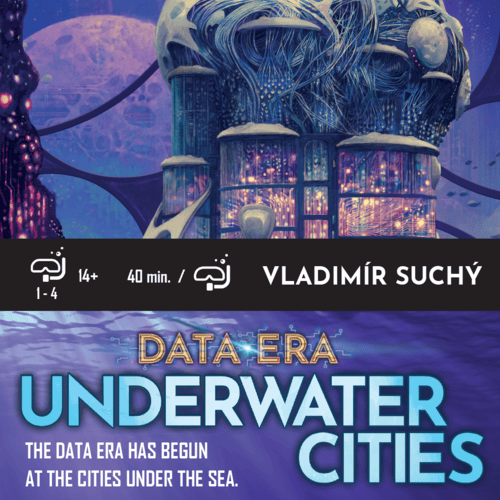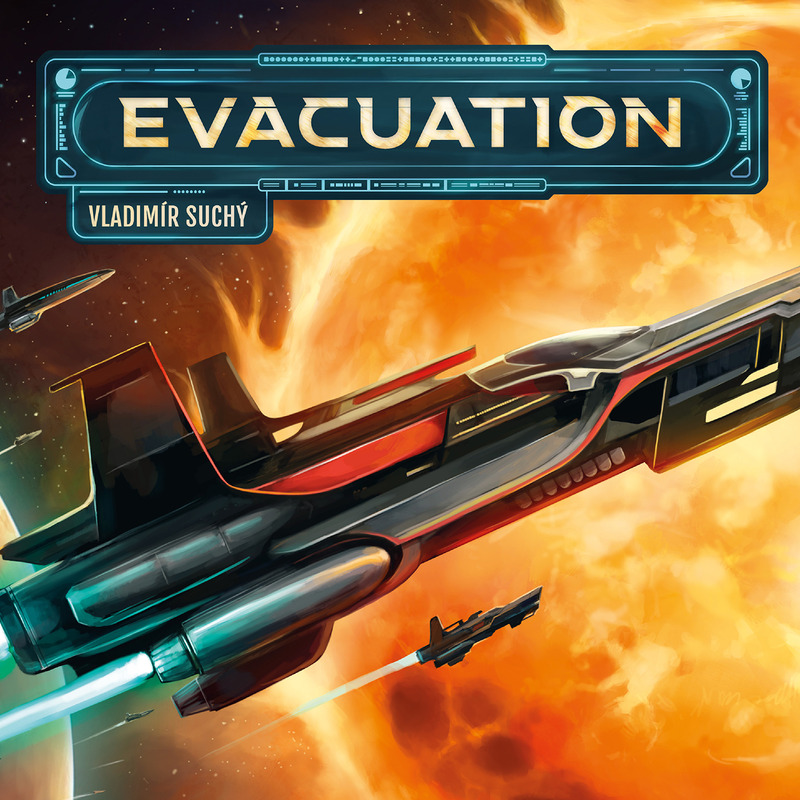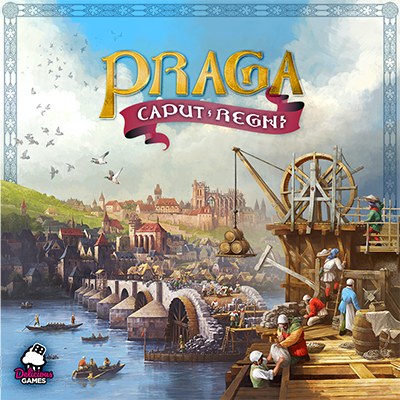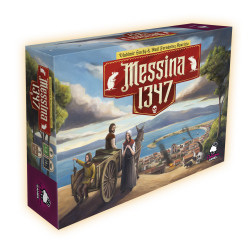Messina 1347 - deník autora - Raúl

I feel like I’ve been designing Messina 1347 my entire life, at least since that day in the 80s when my mum (or my grandma, I can't quite remember) gave me “La Ruta del Tesoro,” one of my first ever board games. It was like Monopoly but based in the Mediterranean during medieval times and published by Cefa. I changed the rules so that my sister and brothers wouldn’t get bored, and I remember imagining fleets of ships sailing the sea from Constantinople to Sicily, carrying all sorts of goods and treasures.
Later on, when I was studying computer engineering, I tried to convert all my ideas into a videogame called “Mare Nostrum.” When I swapped computing for history of art, I abandoned the idea of the game, but years later I became aware that the game had never abandoned me. One day in 2016, I thought it was about time for me to take another look but this time there was an ingredient that I really wanted to add to the mix: the Black Death. So I started to work seriously on developing a game set in 1347-1348, when the Black Death arrived in Europe via the Mediterranean.
My first idea involved using a map of the Mediterranean as the board, with the same cities as “La Ruta del Tesoro,” and the mechanic had the boats sailing round the map, just like the pieces move around the board in Monopoly. I rejected that mechanic. Coincidentally, I was playing Maracaibo recently when I suddenly thought: “Hey, that was my initial idea for La Peste Negra! It would have worked!” When that initial design became stuck in a dead end, I then thought about basing the game in a single city: Messina. After all, that was the first city where plague-infected merchants would disembark. I designed a city with square tiles, forming a board which would change every game, and this idea was quite similar to the end product. Each tile gave you resources or actions, you progressed with influence points and victory points, and infected tiles would lead to penalties if you didn’t clear out the plague first.
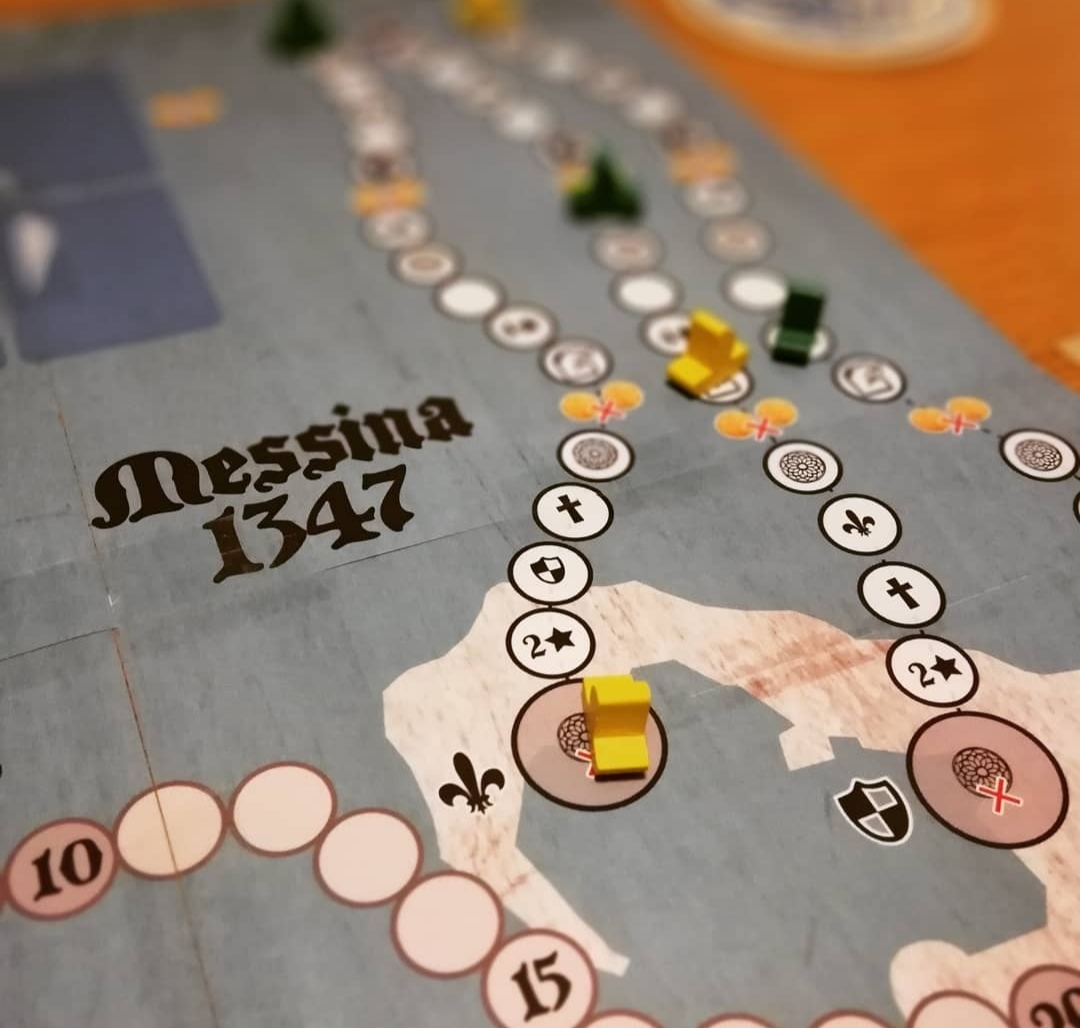
That game, which was a simple eurogame but one with a strong theme, won the Zona Lúdica prototypes competition in 2017 and showed me that I must have been doing something right. It went on to win various other competitions and games conventions and people seemed to really like it. Even though a few publishing contracts fell through, the game was selected for ProtoLab 2018 in Cannes, where a couple of other publishers (one French and one Russian) took an interest. However, I found myself at a dead end once again and had to come up with something new.
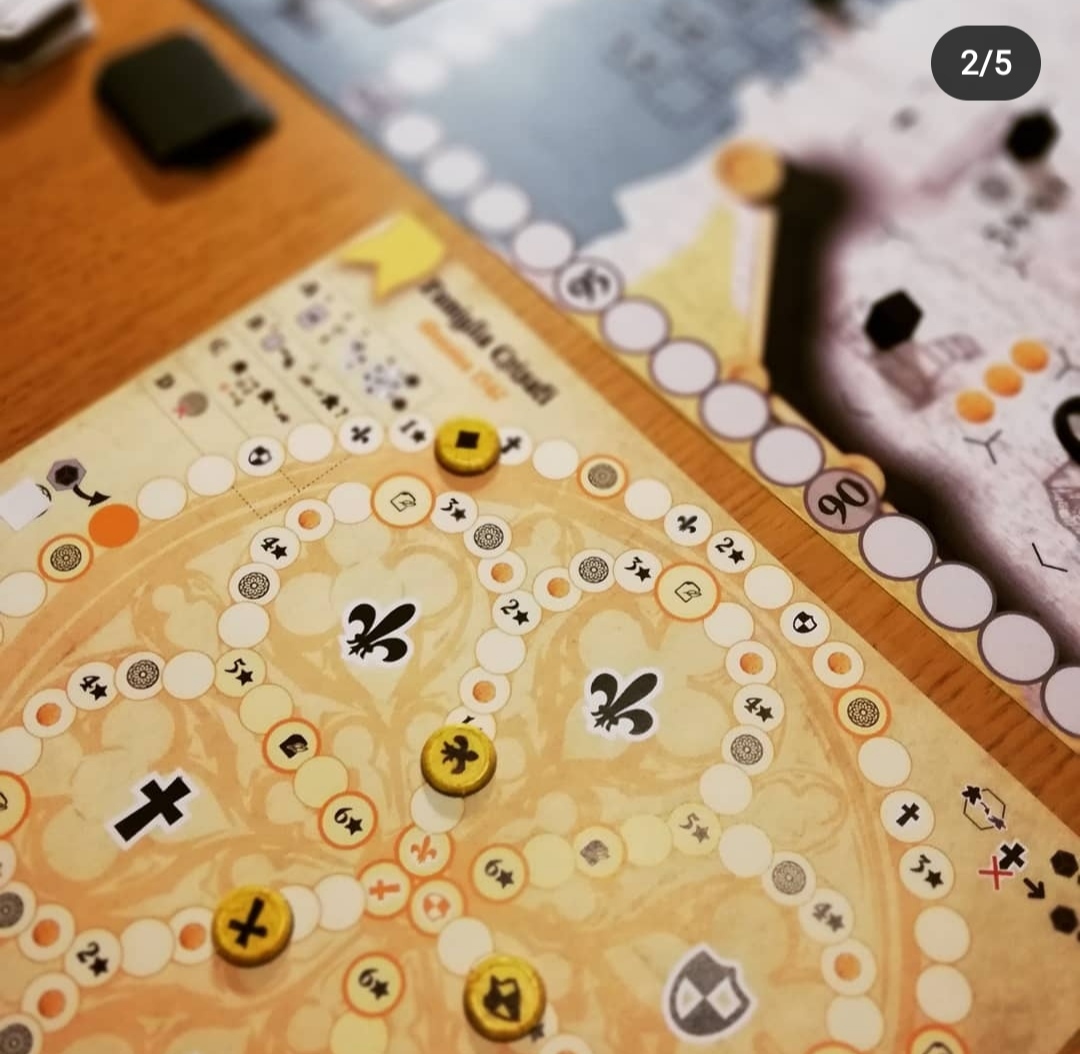
I changed the square tiles for hexagonal ones, this time forming a fixed board (Vladimir would later change it back to a modular board) and introduced one of the most successful mechanics: the player board with double tracks, on which you have to choose which way to go at a given point and your chosen track ends up fusing with the adjacent resource track. That was one of the things that Vladimir liked the most and therefore kept (and improved). This new version won second prize for prototypes at the 2019 JugarxJugar convention in Granollers and first prize in the 2019 Malaga Board Game Convention. The latter was a key moment for Messina 1347: one of the judges of the competition was Vladimir Suchý, who approached me to say that he was really interested in the game and that there was a chance it could be published.
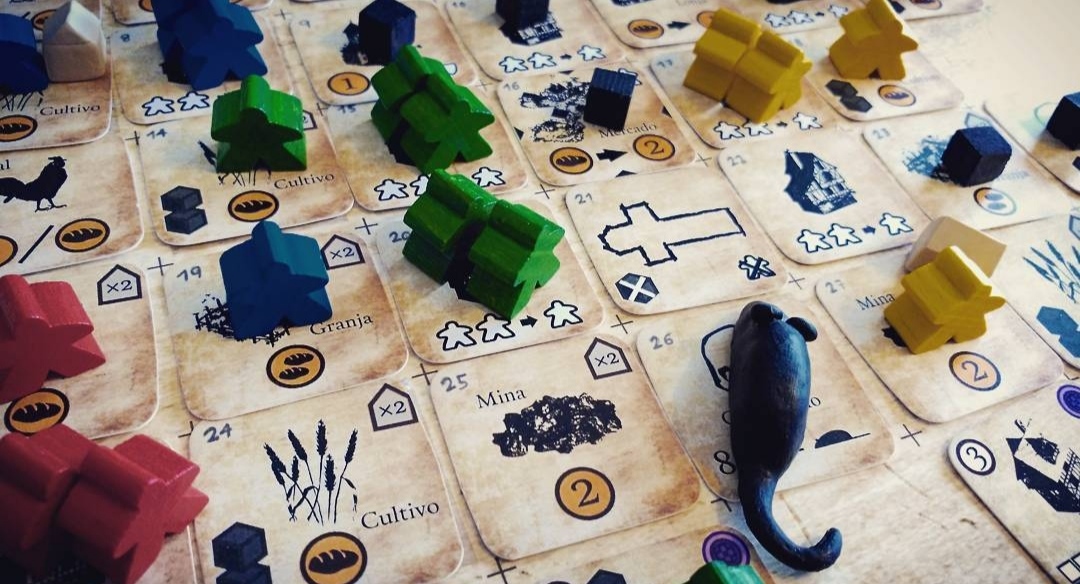
I sent him a prototype and we began to exchange information about the game via email. He suggested some changes in the core mechanics and that we publish it as co-authors through Delicious Games, his publishing company. I accepted and ever since then, each of us has been testing it separately and meeting up on Tabletopia to test it together. Little by little, we have been polishing all aspects of the game and you’ll be able to see the results very soon at Essen 2021. I’m sure it will be worth all the hard work we’ve put in during all the different stages of Messina 1347.
Raúl Fernández Aparicio

